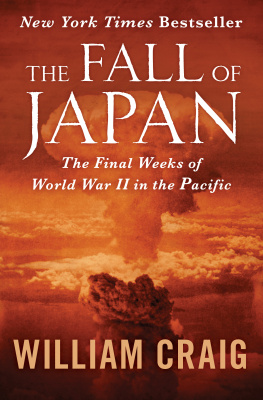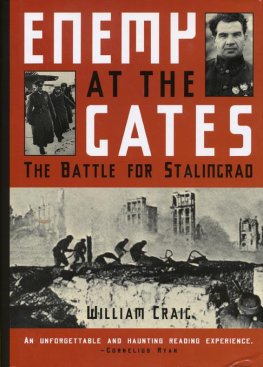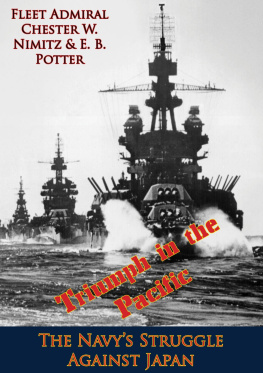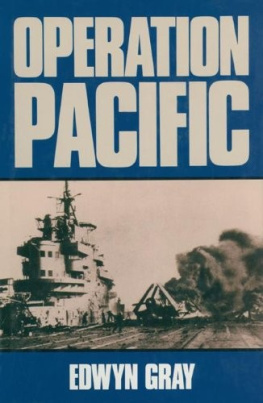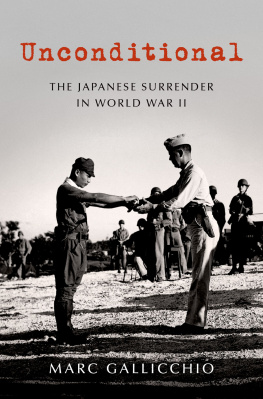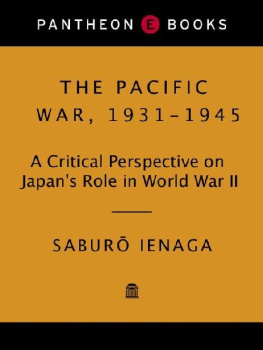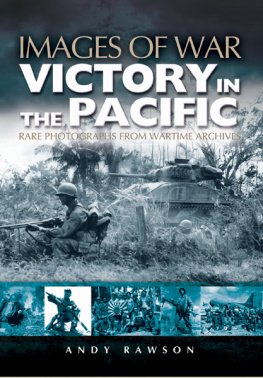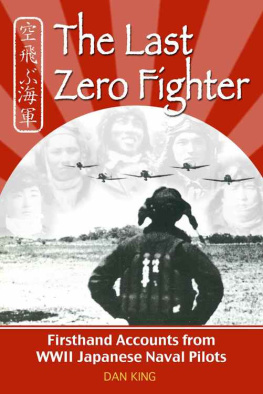The Fall of Japan
William Craig

To my wife, Eleanor
Contents
PROLOGUE
In September of 1931, the U.S. Secretary of State, Henry Stimson, wrote in his diary: Trouble has flared up again in Manchuria. The Japanese, apparently their military elements, have suddenly made a coup. Stimsons entry was prophetic. The coup initiated a period of almost fifteen years during which Japans militarists controlled her foreign policy, and the spirit of militarismwith all its extremist passion, its brutality, its frenzy of determinationinfected the Japanese Empire like a plague.
The 1931 Manchurian trouble was instigated by Army officers who wanted to wage a war of conquest and prove themselves more powerful than the Japanese Cabinet. Both of these goals were realized. By the end of 1931 the Japanese Army, overriding the protests of stunned officials in Tokyo, had taken over Manchuria.
Increasingly thereafter, the Imperial Army shaped the destiny of the nation. In 1937, the Army invaded China and perpetrated atrocities on the people of Nanking which repelled the rest of the world. Japan joined the Axis in September 1940; and by 1941 the Army had occupied French Indo-Chinaafter France had fallen to Nazi Germany and could no longer protect her interest in Asia. Inexorably, Japan was building toward a confrontation with the West.
One of the chief architects of this design was a man about five feet four inches tall, bald, with a scraggly moustache, round eyeglasses and nicotine-stained fingers. His name was General Hideki Tojo, and his nickname was The Razor. Strong man of the Army, Tojo had worked diligently to achieve his preeminent position. He had earned a reputation as a brilliant administrator, skilled organizer and scrupulous executor of the Emperors orders. He was a man of huge personal ambition, drive and dedication. In 1937 he had become chief of staff of the elite Kwantung Army in Manchuria. A major spokesman for the military, he held that Japans war with China was a defensive action designed to contain a hostile neighbor. In 1938 he had gone to Tokyo as Vice-Minister of War; two years later, immediately after Japan joined forces with Germany and Italy, he had become Minister of War. During the year that followed, the Imperial forces continued to move southward on the Asian mainland, thus projecting themselves into an area that directly pertained to American, British and Dutch interests. In the summer of 1941 when these nations finally refused to allow Japanese importation of vital oil from the Dutch East Indies, Tojo and his army felt that sufficient proof had been given that the Western allies intended to encircle and destroy Japan.
The American Secretary of State, Cordell Hull, demanded that Japan withdraw from the Chinese mainland and Indo-China. In answer, on September 6, the Imperial policy makers made a tentative decision to go to war if negotiations failed. In October 1941, Hideki Tojo was asked to form a new cabinet to solve the deepening crisis with the United States. He was now Premier of Japan. Most Americans would think of him as a dictator equivalent to Hitler or Mussolini; he was, rather, a bureaucrata militarist at the head of a militarist ruling faction. Narrow-minded, with an almost paranoid distrust of American intentions, Tojo could not envision any policy but a firm stand against outside encroachment.
When statesmen and even supra-belligerent Navy officers hesitated to take such a drastic step as attacking the West, it was Tojo who stiffened their resolve. Dissident voices were stilled by threats of violence. The Commander in Chief of the Imperial Navy, Isoroku Yamamoto, was openly condemned when he told his admirals that Japan could not defeat the United States in a long war. Deeply disturbed at the prospect of disaster, Yamamoto conceived an operation designed to immobilize the United States Fleet for one year, and so give the Japanese time to win a sizable number of victories before attempting a negotiated settlement. This operation was the bombing of Pearl Harbor. Pearl Harbor was Yamamotos solution to the dilemma posed by his less practical colleagues.
The Army and Navy won the victories he had predicted. For six months, Japanese arms ruled the Pacific. Singapore, Bataan and Corregidor fell. Then at Midway, America turned the tide. Aided by the fact that Japanese codes had been broken and deciphered by American cryptoanalysts, the United States fleet inflicted an enormous defeat on Yamamotos task force, which had sailed out intending to annihilate the remnants of Admiral Nimitz battle line.
Yamamoto retreated to his cabin on the battleship Yamato and did not come out until she docked in Japan. After he left his flagship, wounded crewmen were furtively taken to isolation wards of hospitals. Survivors of the stricken warships were warned not to mention anything about the Battle of Midway. Until the end of the war, few military men in Japan knew, as Admiral Yamamoto did, that in June of 1942 the Japanese Navy had been irreparably damaged and the Empire had suffered a fatal wound.
After Midway, some admirals in the Imperial Fleet began to think of a negotiated peace. In the Imperial Army such thoughts were rarely entertained. Only in the Navy was there a sizable nucleus of officers willing to discuss it. In the summer of 1943, one of them, Admiral Sokichi Takagi, was summoned to Tokyo by the Naval Ministry to conduct a survey of the war. He pored over available information and concluded that if the Americans succeeded in winning the Solomons, Japan must sue for peace. By the end of 1943 the Solomons fell, but Takagi still dared not circulate his conclusions in writing lest he be accused of defeatismor worse, treason. Instead, he chose to approach top officials one by one, hoping to impress them individually with his countrys desperate situation. When he did, each man in turn was afraid to act on the warning.
The first break within Japans ruling circle did not occur until after the Americans landed on Saipan in June 1944. In countless engagements since MidwayGuadalcanal, New Guinea, Tarawa, KwajaleinImperial soldiers and marines had been dying by the thousands. With the invasion of Saipan, and with his vaunted army in serious straits, Premier Tojo was at last confronted by his opposition.
The jushin, a group of elder statesmen serving in an advisory capacity to the Emperor, decided that Tojo had to resign. Though officially powerless, the jushin exerted a subtle influence on Government policy. All its members were former Premiers. In July, when Tojos fortunes were at a low ebb and he was trying to reorganize his cabinet, the jushin imposed several conditions designed to inhibit his power. They not only forced Tojo to relinquish his concurrent post as Chief of Staff of the Army, and to oust Navy Minister Shimada, a Tojo ally; they also insisted on having several senior statesmen of their own choosing included in any new cabinet. This last issue led directly to Tojos downfall: the Premier could neither induce some of his own supporters to resign, nor persuade jushin men to join the cabinet under his leadership. With his cabinet in disarray, Hideki Tojo had no choice but to resign.
At this time, Japanese control of the Pacific was shrinking visibly. As the Imperial forces found themselves being pushed back to their Home Islands, they fought with increasingly suicidal desperation. Tojo went home to his wife and garden and left his successors to preside over the fall of Japan.
ONE
The Tactics of Despair

